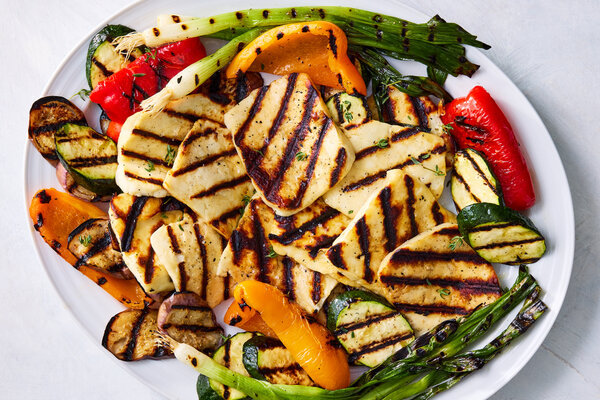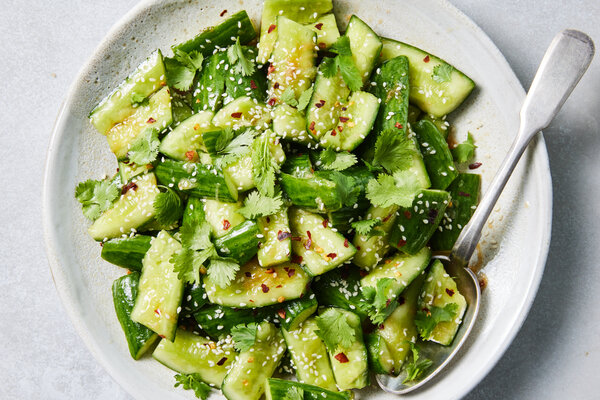Miso soup with matzo balls? Lotus root tempura with matzo cake meal? Japanese sweet potato kugel? These exciting dishes aren’t the work of chefs, but rather came from the resourcefulness of 1,000 or so Jews in Tokyo, a city of 28 million.
One of Japan’s tiniest minorities, they’re creatively adapting traditional recipes for Passover, the ancient eight-day spring holiday, which begins Saturday.
Many bring back kosher for Passover-approved ingredients like matzo cake meal from their travels, and, of course, substitutions are prevalent. Chinese horseradish or wasabi root, for example, steps in for the traditional maror (the bitter herbs on the Passover Seder plate), and miso forms the base for many soups, including matzo ball, with OK Kosher sending someone twice a year to supervise the facilities that make kosher fermented soybean paste.
In fact, said Andrew Scheer, 38, the enthusiastic rabbi of the Jewish Community Center of Japan, founded 70 years ago: “You’d be just as likely to find miso soup as matzo ball soup on our Friday night dinner table.”
The center alternates between traditional Jewish cuisine preferred by its members and the kosher Japanese dishes tourists want to try. “That way,” Rabbi Scheer said, “everyone’s happy.”
On a recent Friday night, the center served up chicken soup with matzo balls and roast chicken, with a kosher bird ordered from abroad. There was challah, too, made by Toyoko Izaki San, a Japanese woman who has been twisting the loaves for the center for at least 40 years.
Japan’s Jewish residents, who are mostly based in Tokyo, are there for various reasons: They may have been sent abroad by large companies, have a Japanese spouse or simply liked the country and stayed.
Todd Walzer, an American businessman based in Tokyo with his wife, Rachel, a voice actress, first arrived in hopes of experiencing another culture. They stayed for 37 years. During Passover, they’ll make a tempura of daikon radish, lotus root and other vegetables dunked in matzo meal, one of the limited number of kosher products the center imports — and serve miso soup with matzo balls for the Seder.
“It is so easy to make,” Mr. Walzer said.
Adapting to local ingredients in Japan isn’t always so easy, but Jewish cooks have been doing that wherever they have lived for millenniums.
In 1936, Victor Moche, an agent for an Iraqi textile company, came to Kobe, a central Japanese port city, from Baghdad. An observant Jew, he became a leader of the Jewish community there and eventually started a synagogue for the mostly Middle Eastern Jews who arrived before, during and especially after World War II.
He and his wife, Fadhila, grew up with silan, an Iraqi date charoset, a fruit paste symbolizing the mortar used by enslaved Israelis in Egypt, as well as the sweetness of freedom. Because dates were rare in Japan, Mrs. Moche substituted a jam made from local apples.
Their son, David, 74, who lives in Manhattan, fondly remembers his childhood Seders in Kobe — and still makes his mother’s less traditional version of apple jam charoset.
“To me, preparing for the public Seder for about 100, where the synagogue was busy, worried that the matzo and wine would arrive safely, where everyone was making their one dish, was so special,” he said, adding that he and the other children in the community learned about Passover from the American military Haggadah.
“That was a special childhood,” he said.




